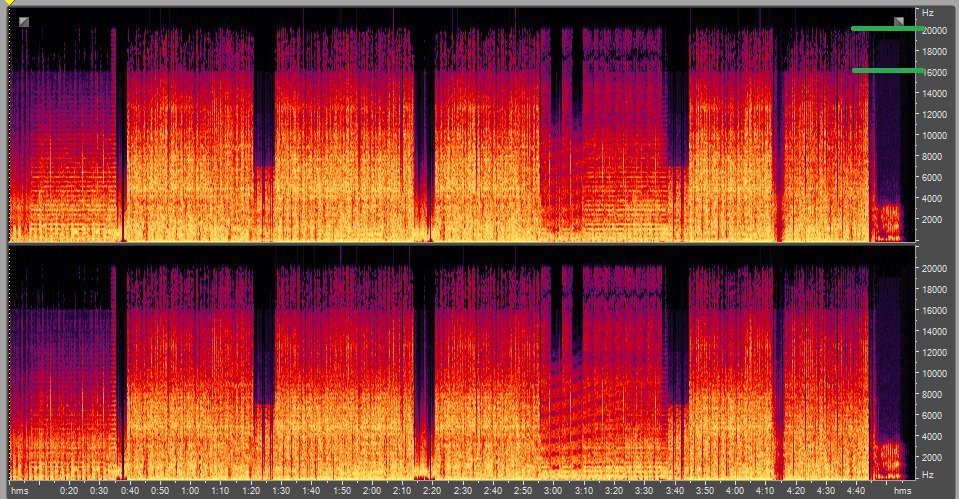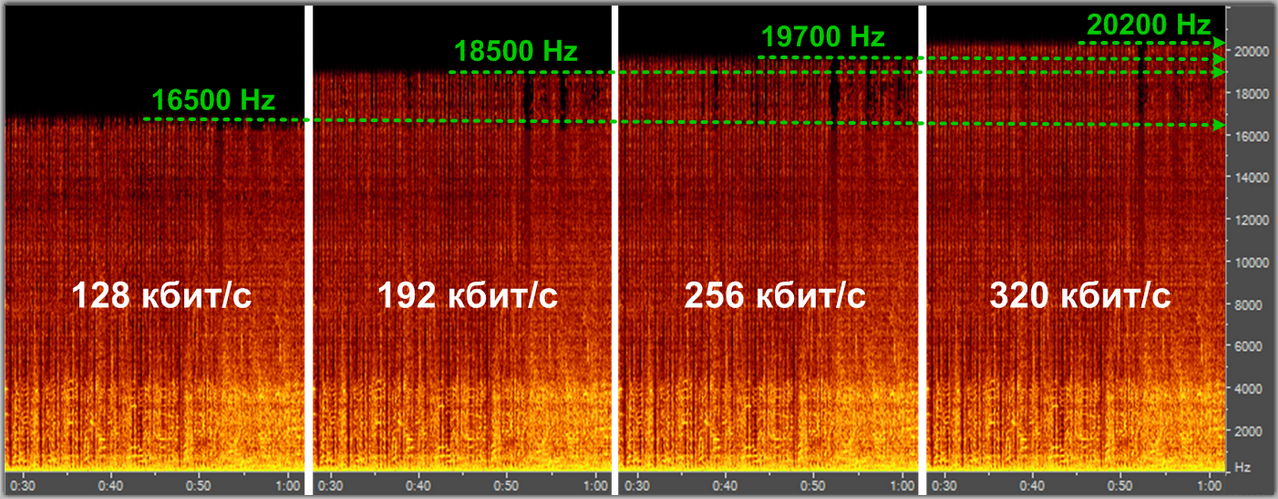MP3 finally goes into the public domain

Perhaps many did not think about it, but the mp3 standard, so famous for everyone, had problems with patent purity. The last patents expired on April 23, 2017 and the format became completely free. Technicolor has officially stopped collecting royalties from manufacturers of software and embedded solutions.
Licensing
Despite the fact that hardware decoding of mp3s is built into every second coffee maker, until recently, its use in commercial projects required royalties in favor of the developer - Fraunhofer Society. In 2005 alone, the amount of deductions amounted to one hundred million euros. Most patents lost their force in the European Union back in 2012. However, some of them still continued to operate in the United States due to local laws. What does this news give to the community? At least now it will be possible to compile Gentoo and listen to music simultaneously at once in the base distribution. Many distributions will be able to transfer standard support to the main repository. Now, for example, the same Ubuntu requires the installation of proprietary components from a separate ubuntu-restricted-extras meta-package to support mp3.
Bourbon Vanilla vs Vanillin

How does this standard work, which for 24 years has been the main one in this area, despite the many more advanced free options? mp3 is in many ways similar in principle to its fellow photographer from the world of photographs - JPEG. Due to the imperfection of our hearing aid and the characteristics of psychoacoustics, it is possible to “throw away” those parts of the audio spectrum that do not make a significant contribution to the musical picture. In particular, in the illustration above you can see how the amount of encoded information in the high frequency region increases.
Often, high frequencies are sacrificed in order to maintain detail in a lower area - vocals, most instruments (thanks for the comment from KorDen32 ). Standard values of the frequency cutoff for the encoder lame:
CBR 096 kbps: 14000 - 15000 Hz;
CBR 112 kbps: 15000 - 15600 Hz;
CBR 128 kbps: 16000 - 16500 Hz;
CBR 160 kbps: 16500 - 17500 Hz;
CBR 192 kbps: 18000 - 18700 Hz;
CBR 224 kbps: 19000 - 19400 Hz;
CBR 256 kbps: 19500 - 19700 Hz;
CBR 320 kbps: 20,000 - 21,000 Hz.

The method can be compared with the work of flavor chemists. You probably noticed that strawberry chewing gum is very conventionally strawberry, and there is not enough lemon in synthetic lemon tea. In any natural flavoring composition, there are tens and even hundreds of chemical compounds. But the main core usually creates only a very limited amount. So, for example, vanillin determines most of the aroma of natural vanilla, and if you do not really appreciate the subtle nuances, the remaining components can be neglected. mp3 uses the same principles, cutting out insignificant parts of the spectrum. Most people are not able to distinguish hearing lossless formats from normally encoded 320 kbps mp3, which saves a lot of space when storing their music library.
